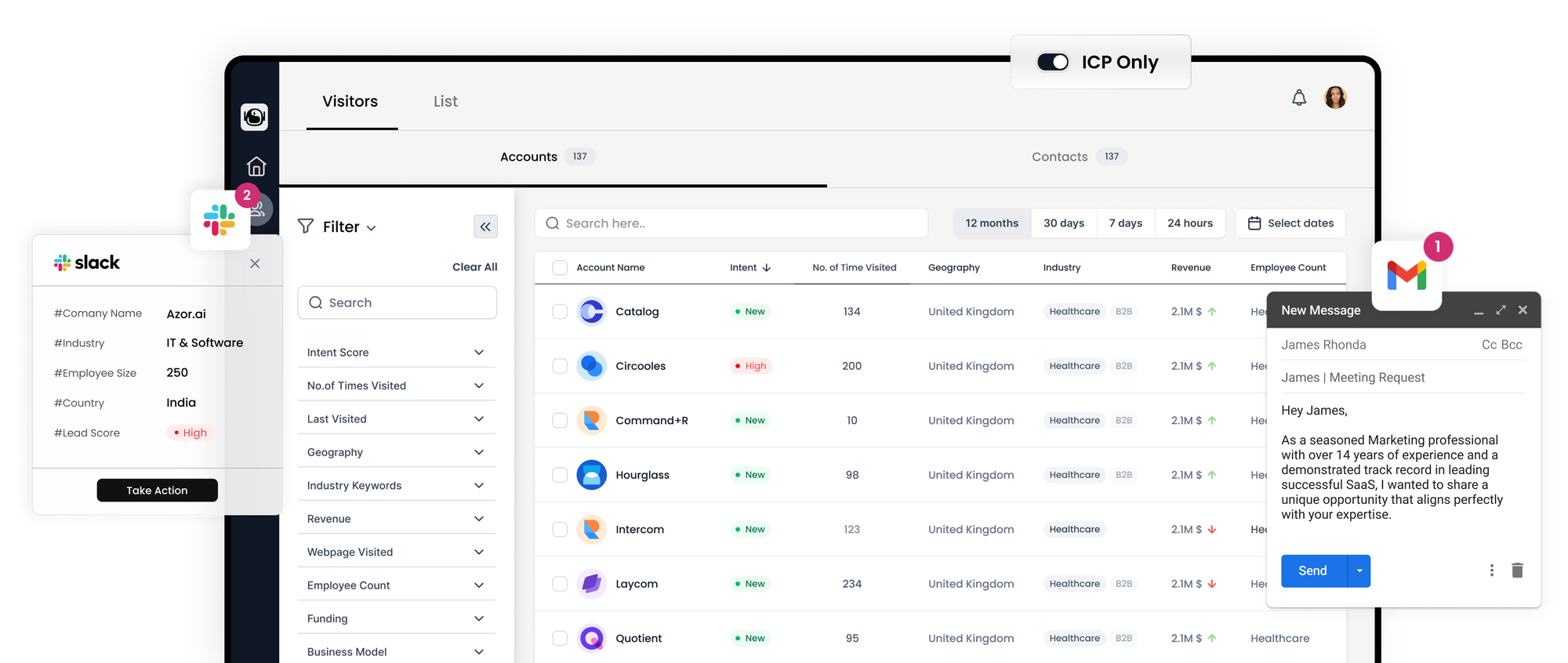Optimizing Account-Based Marketing: 11 Strategic Approaches

For B2B companies keen on aligning their sales and marketing efforts, account-based marketing (ABM) is the strategy du jour. With its resurgence powered by industry experts and thought leaders, ABM emphasizes building robust relationships with a precisely targeted set of accounts. To effectively orchestrate ABM, consider the following tactics to ensure tight alignment between sales and marketing and nurture key relationships.

1. Create Tailored Prospective Offers
Account-based marketing thrives on personalization and relevance. With a limited number of target accounts in your ABM program, your campaigns and offers must be compelling enough to achieve high conversion rates. Consider crafting custom content for each account, offering a unique proposition they can't ignore.
2. Design Offers Aimed at Securing Meetings
Shift away from generic lead-generation offers like webinars and white papers. Instead, create incentives tailored to secure face-to-face meetings. For example, a tech firm could offer a live analysis of a prospect's digital presence against competitors, enticing them with personalized, actionable insights.
3. Implement Retargeting for Persistent Engagement
Retargeting keeps your brand front and center as target account members browse online. Innovations in retargeting, such as IP address-based targeting, allow for precision in serving ads to specific companies identified as your target accounts.
4. Personalize Your Website Experience for Each Account
Customize your landing pages to reflect a personalized experience for visitors from your target accounts. This can range from custom copy and images to personalized greetings—though caution is advised to avoid appearing invasive.
5. Assign Sales Territories Strategically
Revolutionize sales territory assignments by focusing on social proximity or past selling relationships. This strategy places salespeople in territories where they're most likely to succeed based on their connections and historical performance.
6. Explore Direct Mail with Top Executives
Despite the digital age, direct mail remains a potent tool, especially for reaching executives less responsive to digital marketing efforts. Consider creative direct mail campaigns that pique interest and prompt executive action.
7. Leverage Social Intelligence for Deeper Insights
Stay abreast of target account activities and changes through social intelligence. This provides real-time insight into company developments and shifts, allowing for agile and relevant communication tailored to current events and challenges.
8. Compile Lists Based on Roles, Not Just Titles
Enlist services that build role-based contact lists to ensure you're engaging with the right individuals within your target accounts. These vendors can pinpoint contacts based on their actual responsibilities, not just their job titles.
9. Buy Leads from Target Accounts
When purchasing leads, opt for vendors that allow you to filter by company name, even if it means a higher cost per lead. This targeted approach supports ABM initiatives by ensuring leads come from your specifically chosen accounts.
10. Initiate C-Level One-on-One Campaigns
Facilitate personal connections between your C-suite and theirs. Launch campaigns that start with a personal outreach from your executives, followed by a direct conversation to discuss the mutual benefits of a partnership.
11. Utilize Non-Sales Employee Connections
Don't overlook the potential connections your non-sales staff may have within target accounts. Tools like LinkedIn Sales Navigator can reveal internal networks that could open doors to new opportunities within your chosen accounts.
Enhancing Your ABM Strategy
These tactics are more than just isolated actions; they're part of a broader strategic ABM approach that necessitates a deep understanding of target accounts and a commitment to nurturing these relationships over time. By adopting these methods, you're positioning your business to foster meaningful connections, deliver personalized experiences, and ultimately, drive your B2B marketing process to new heights of success.
